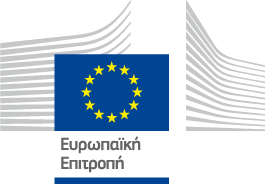

FLAG Factsheet
The FLAG area is situated in the south-east of Germany in Bavaria. It is located 95km east of Nurnberg and close to the Czech border. The area’s natural environment consists of forests and many water resources including traditional ponds, rivers and lakes, which offer many leisure and tourism opportunities, and the area is well connected to nationwide transport.
The local workforce predominantly works in the automobile and healthcare sectors that are the area’s largest industries. Only a small single-digit percentage of labour is situated in agriculture, forestry and fisheries; almost 100% of fish farming is managed by part-time fishermen.
The specific challenges for the FLAG include a change in the areas demographics, a decline in carp farming due to lowering consumer demand and a lack of cooperation between fish farmers and fishermen.
The FLAG has a total of 36 protected areas (Natura 2000 (SCI and SPA), IUCN Cat. IV: Habitat/Species Management Area, protected landscape) most of which involve inland water.
The FLAG strategy focuses on the following objectives:
Regional
Ideas for future projects include:
Projects can be proposed on an ongoing basis. The FLAG board usually meets following the collection of several projects for presentation, but if necessary, the board may also meet for a single project.
The FLAG is generally interested in cooperation. For example, with the Land of 1000 Ponds FLAG, the other FLAG in the administrative district of Oberpfalz, the FLAG cooperates on the topic of low-impact tourism.
The FLAG territory, which includes the entire district Schwandorf, five local communities in the district of Amberg-Sulzbach and three in district Cham, is bigger than the LEADER territory which only encompasses the district of Schwandorf.
The FLAG is managed by one association which is the umbrella organization for LAG and FLAG, but each has its own decision-making body (the only voting person who is in both bodies is the district administrator), the LAG and FLAG manager is the same person.
The FLAG shares only one voting member (the district administrator) with the Leader LAG/CLLD group. There are only some common aspects of the local development strategy of the FLAG and the LAG.
The FLAG is made up of a total of 146 members from various sectors including private individual, fishing clubs, nine municipalities, schools and tourism associations.